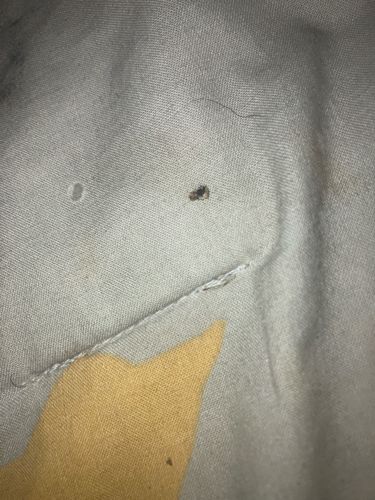Flea
Scientific Name: Siphonaptera (order of insects)
Order & Family: Order: Siphonaptera
Size: 1.5 mm to 3.3 mm (0.06 to 0.13 inches)

Natural Habitat
Typically found on warm-blooded animals (mammals and birds) as external parasites, and in their living environments such as bedding, carpets, and cracks in floors.
Diet & Feeding
Fleas are obligate hematophagous parasites, meaning they feed exclusively on the blood of their hosts.
Behavior Patterns
Fleas are known for their ability to jump long distances relative to their size. They have a complete metamorphosis (egg, larva, pupa, adult). Adults spend most of their lives on a host, feeding regularly. Larvae typically feed on adult flea feces (flea dirt) and organic debris found in the host's environment.
Risks & Benefits
Risks: Fleas can cause itchy bites, allergic reactions (flea allergy dermatitis), and transmit diseases such as plague (Yersinia pestis), murine typhus (Rickettsia typhi), and act as intermediate hosts for tapeworms (e.g., Dipylidium caninum). Benefits: None known for humans or ecosystems, as they are primarily pests.
Identified on: 10/7/2025